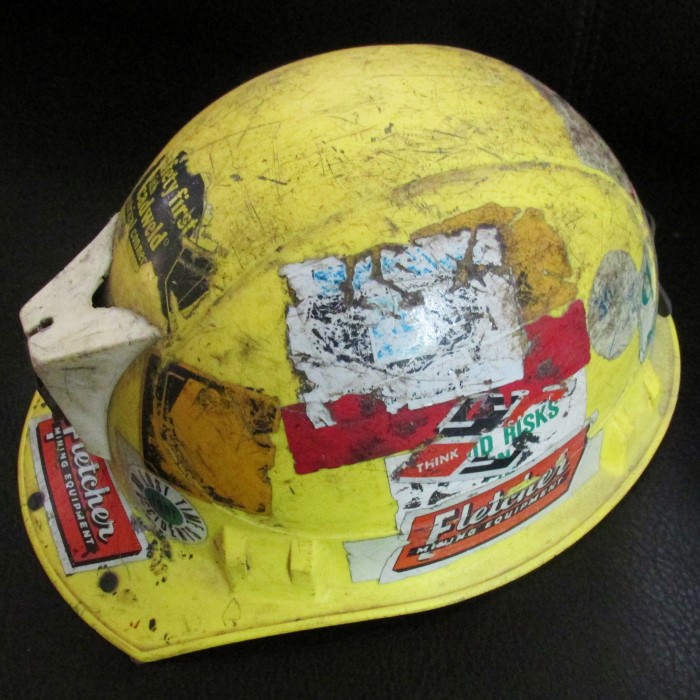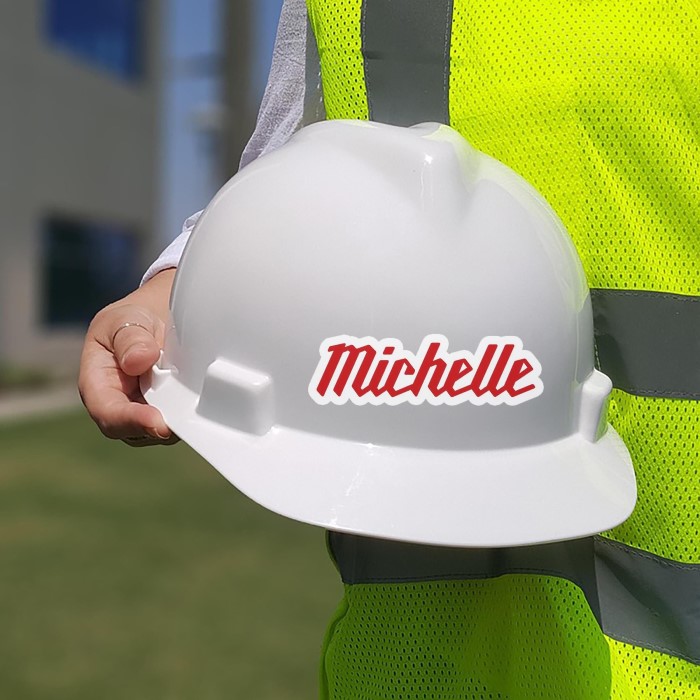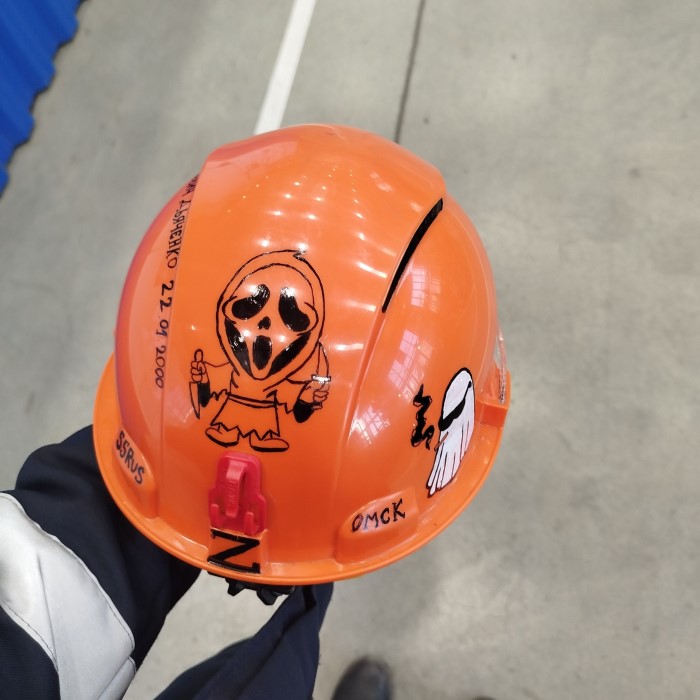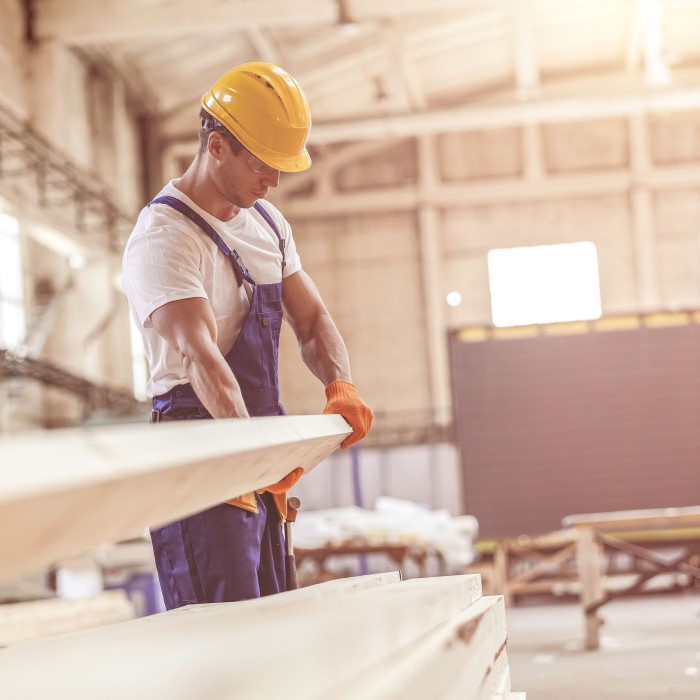Understanding Hard Hats and Their Lifespan
When it comes to workplace safety gear, one of the most critical pieces of equipment is the hard hat. However, a common yet vital concern for workers and employers is: do hard hats expire? Understanding the lifespan and expiration of hard hats is crucial for maintaining a safe work environment. This article aims to clarify these concerns and provide essential information regarding hard hat usage, maintenance, and safety protocols.
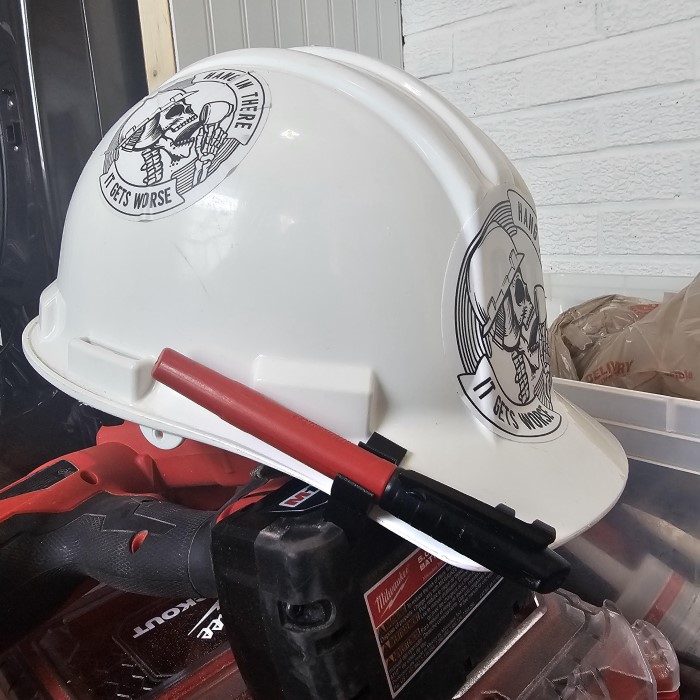
Hard hats are designed to protect against head injuries caused by falling objects, bumps, and electrical hazards. While these helmets are tough, they do not last indefinitely. The materials used in their construction can degrade over time due to several factors, including exposure to sunlight, extreme temperatures, and general wear and tear. Regular inspection and replacement of hard hats are fundamental to ensuring that they remain effective as protective gear.
Factors Influencing Hard Hat Expiration
Several factors can influence whether a hard hat is still effective or if it has reached its expiration. Here are some of the primary elements to consider:
1. Material Degradation
The materials used in manufacturing hard hats play a significant role in determining their weight and overall effectiveness. Common hard hat materials include:
- High-Density Polyethylene (HDPE): This material is commonly used for hard hats due to its strength and durability. However, it is also susceptible to UV damage, and prolonged exposure to sunlight can cause it to become brittle over time.
- Fiberglass: Known for its high strength-to-weight ratio, fiberglass hard hats can provide excellent protection but may require careful handling to avoid cracking.
Over time, exposure to various environmental factors can weaken these materials, leading to reduced protection. Regular inspections should be conducted to catch any signs of degradation early.
2. Age of the Hard Hat
Although hard hats are often designed for durability, age is a significant factor in determining their usefulness. The general industry standard suggests that hard hats should be replaced every two to five years, depending on the manufacturer’s guidelines and the helmet’s condition.
- Manufacture Date: A convenient way to monitor the lifespan of a hard hat is to keep track of its manufacture date, which is usually located inside the helmet.
- Replacement Schedule: Proactively replacing hard hats within the suggested timeframe can help mitigate risks associated with wearing outdated safety gear.
3. Signs of Wear and Tear
In addition to age, regularly inspecting hard hats for wear and tear is essential. Several indicators can highlight when it’s time for a replacement:
Cracks or Dents:
-
- When inspecting a hard hat, any visible damage such as cracks or dents is a critical indicator of its condition.
- These defects can compromise the integrity of the hard hat, potentially making it ineffective in protecting the wearer from impacts or hazards.
- It is essential to understand that even small cracks can lead to larger issues under stress, so any sign of damage should prompt immediate evaluation and replacement if necessary.
Loss of Flexibility:
-
- A noticeable change in the flexibility of a hard hat can be a warning sign of material deterioration.
- If the hard hat feels more rigid and lacks the flexibility it had when it was new, it may not absorb shock as effectively as it once did.
- This rigidity can result from age, exposure to environmental factors, or wear and tear, indicating that it may no longer meet safety standards and requires replacement.
Discoloration or Fading:
-
- The appearance of discoloration or fading of the paint on a hard hat can suggest that the material has been compromised structurally.
- The fading of color not only affects the aesthetics of the hard hat but may also indicate that the underlying protective materials have been weakened due to prolonged exposure to sunlight, chemicals, or extreme temperatures.
- This change can reduce the hard hat’s effectiveness, making it crucial to assess the impact of discoloration on its protective capabilities and consider replacing it if necessary.
OSHA Guidelines on Hard Hats
The Occupational Safety and Health Administration (OSHA) provides guidelines and regulations that oversee the use of hard hats in the workplace. According to OSHA, employers must ensure that their employees are provided with properly maintained hard hats that are suitable for the specific hazards of their work environment.
1. Expiration Standards and Guidelines
So, do hard hats expire per OSHA? While OSHA does not specify an exact expiration date for hard hats, they emphasize the importance of conducting regular inspections and replacing hard hats that show signs of deterioration.
- Employer Responsibilities: Employers are responsible for ensuring that workers are equipped with safe protective gear and that all safety equipment meets required standards.
- Risk Assessment: Conducting a risk assessment related to the specific tasks or environments will also determine the level of protection required from the hard hats.
2. Maintenance Protocols
Adhering to OSHA recommendations is essential for compliance and worker safety. Employers should implement the following practices to support the longevity of hard hats:
- Regular Inspections: Hard hats should be frequently inspected for damage, wear, and proper fit. Inspections may occur during routine safety checks or daily before usage.
- Training and Awareness: Workers must understand how to properly care for their hard hats, which includes cleaning protocols and storage recommendations.
How to Maintain Hard Hats
Proper maintenance extends the lifespan of hard hats and ensures that users are adequately protected. Here are some recommended best practices:
1. Cleaning Procedures
To maintain hard hats, regular cleaning is essential. Here are steps to consider:
- Wipe Down the Interior and Exterior: Use mild soap and warm water to clean the hard hat, avoiding harsh detergents or chemicals that could degrade the material.
- Drying: After washing, allow the hard hat to dry thoroughly in a cool area. Never place hard hats near a heat source, as this may warp the material.
2. Storage Conditions
The environment in which a hard hat is stored can significantly affect its lifespan. Use the following tips for proper storage:
- Avoid Direct Sunlight: Store hard hats in shaded or indoor areas to prevent prolonged exposure to sunlight, which can degrade the materials.
- Room Temperature: Keeping hard hats in a controlled environment, away from extreme heat or cold, helps maintain their structural integrity.
Best Practices for Hard Hat Usage
Using hard hats effectively requires a commitment to safety practices that contribute to overall workplace protection. Here are some key points to enhance usage practices:
1. Proper Fit and Adjustment
For maximum effectiveness, ensuring the right fit is essential. Hard hats should be properly adjusted before use to prevent them from shifting during work activities. Here are tips to achieve a proper fit:
- Adjust the Suspension System: Most hard hats come with a suspension system that should be adjustable. Ensure the hat fits snugly on the head without being uncomfortable.
- Secure Chin Strap: In high-risk environments, using a chin strap ensures that the hard hat remains in place even in windy conditions.
2. Follow Manufacturer Guidelines
Each hard hat manufacturer provides guidelines for care, maintenance, and lifespan. Following these guidelines helps prolong the hat’s serviceability:
- Refer to the Manual: Always keep the manufacturer’s manual for reference. This document will typically include details on lifespan, expiration, and care instructions.
- Replace When Indicated: If the manufacturer suggests a replacement after a certain time or under specific conditions, it is crucial to adhere to these recommendations.
FAQ Section
How Do I Know if My Hard Hat is Expired?
To determine if your hard hat is expired, check the manufacture date, look for signs of wear, and consider replacing it every two to five years, depending on usage and conditions.
Do Hard Hats Expire Per OSHA?
While OSHA does not specify a hard expiration date, they emphasize regular inspections and replacements of damaged or aging hard hats to ensure safety.
How Long Do Hard Hats Last?
Generally, the lifespan of hard hats ranges from two to five years, depending on material, exposure to environmental factors, and maintenance practices.
What to Do with Expired Hard Hats?
Expired hard hats should be discarded and replaced with new ones. For responsible disposal, consider recycling options if available.
Conclusion
In summary, understanding do hard hats expire is essential for workplace safety. Knowing the factors influencing hard hat expiration, adhering to OSHA guidelines, and following best maintenance practices are vital for ensuring protection on the job. By being proactive and vigilant in caring for hard hats, employers and workers can minimize risks and contribute to a safer working environment. Remember that your hard hat is your first line of defense; taking care of it and ensuring its effectiveness can make all the difference in maintaining a safe work site. Emphasizing safety not only protects individual workers but also fosters a culture of safety that benefits everyone involved.
